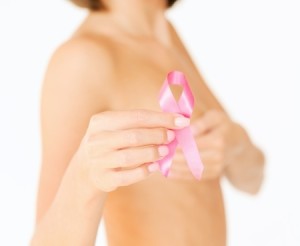 This month the British Medical Journal published the results of the 25-year Canadian National Breast Screening Study.
This month the British Medical Journal published the results of the 25-year Canadian National Breast Screening Study.
In this study, women between the ages of 45-59 who were at average risk for breast cancer were put into one of two groups. The first group received an annual mammogram for five years, while the women in the control group received a once yearly breast exam.
Here’s what happened.
In the mammogram group, 3250 women were diagnosed with breast cancer and of those 500 died. In the physical exam group, 3133 women were diagnosed and 505 died of breast cancer. When the researchers put these numbers through their statistical analysis it was determined that there was absolutely no difference between the two groups. Or more simply put: getting a yearly breast exam did just as well at catching breast cancer in women with average risk as a yearly mammogram.
What Does it Mean for You?
So as a peri- to post-menopausal women concerned about her breast health, what do you do with the information a study like this gives you?
1. Know your risk. This study was done on women with average risk in a specific age range. If your risk is higher, or you don’t know your risk, you need to talk to a professional. This study doesn’t suggest you should abandon mammograms altogether, and it only looked at mammograms as a screening tool, not one for assessing a lump.
2. Get yearly breast exams. Your family doc, or your ND can and should do this for you. Have it done every year, ideally by the same doctor and at the same time of your cycle if you are still cycling. StoneTree Clinic’s next Well Women Day is February 24th. You can learn more, and book online right here.
3. Maintain a healthy body weight. Obesity and overweight are independent risk factors for breast cancer. Move your body daily and avoid alcohol and sugar. Focus your diet on dark, and colourful veggies and fruits. These strategies will help to maintain ideal body weight, and are associated with decreased cancer risk in and of themselves.
4. Quit smoking. Cigarette smoking increases your exposure to many toxins, cadmium included. This heavy metal is a potent xenoestrogen and is associated with breast cancer risk.
5. Avoid other xenoestrogens and chemicals that are hormone disruptors. Plastics, parabens, phthlates and the like all mimic estrogen and disrupt hormones. Buy unscented products, natural cosmetics and cleaning products and avoid eating food that has been heated or cooled in plastic containers.